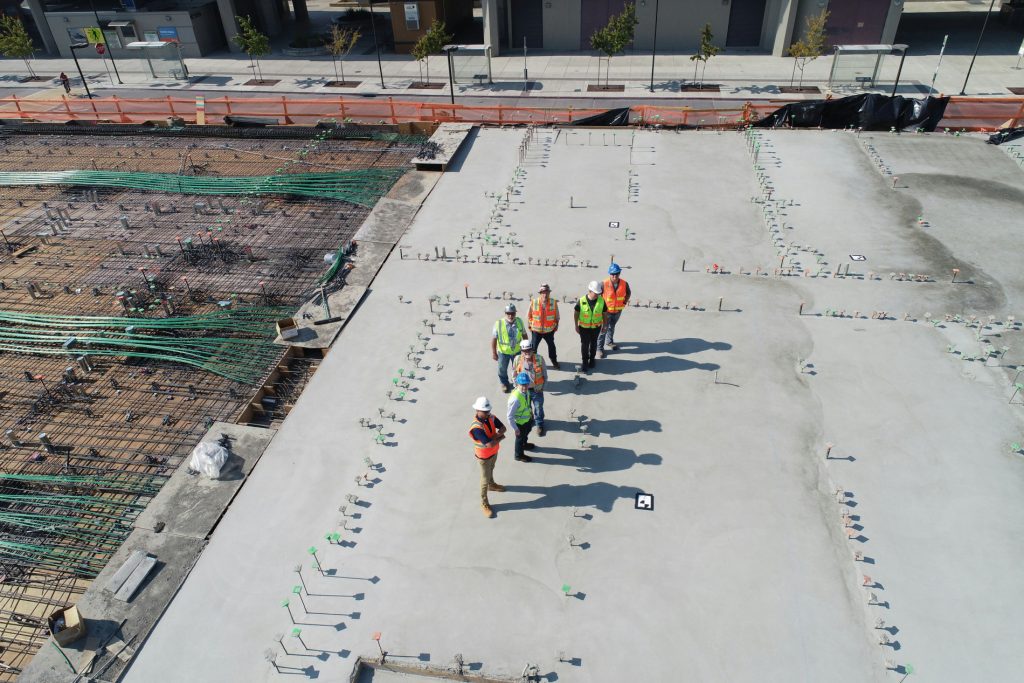Why is construction output projected to deteriorate?A decline in private house building and a contraction in private-housing repair, maintenance, and improvement (RM&I) from historic high levels have counterbalanced expansions in industrial and infrastructure, according to the CPA (Construction Products Association).
Noble Francis, CPA’s director of economics, stated: “During the next 12 months, the rapidly rising cost of living, slowdown in economic growth and falls in consumer confidence and spending will undoubtedly affect private construction investment. In addition, rising labour and materials prices are likely to mean that the industry sees the value of output previously expected, but not the volume.”
Over the next two years, the industrial sector will experience the fastest economic development, which encompasses warehouses and factories. A 15.0% increase in output is predicted for 2022 and a 9.8% increase for 2023, powered by the burgeoning demand of online retail as well as manufacturers’ need for a surplus of stocks following the persistence of supply chain issues.
The second largest construction sector, infrastructure, will also stimulate growth this year and in 2023, with output rising by 8.5% and 3.8%, respectively. In the long run, there will be enormous growth in regulated sectors such as roads, rail, water, and electricity. Major projects such as HS2, Thames Tideway Tunnel, and Hinkley Point C also contribute to this. But delays and cost overruns continue to plague these projects. However, councils are likely to be financially constrained in the medium term, resulting in poor local infrastructure. As the Spending Review ends in November 2021, there will be no additional funding for central government initiatives.
While house prices continue to increase at double-digit rates, reputable builders continue to stress the market’s strength. It remains uncertain, however, as to how long housing can remain buoyant after the UK economy contracts in 2022 Q4.
As a result of lower housing demand partially offset by a lower supply of homes on the market, CPA forecasts UK house price inflation in 2023 will slow to 6.0% and 2.5% respectively. Unless unemployment increases significantly and forces more sellers onto the market, prices will be slowed. The biggest concern for major house builders is the availability of mortgages after the end of Help to Buy in March 2023.
A 1.0% increase in private housing output is forecast in 2022, followed by a flat performance in 2023. As a result of the ‘race for space,’ private housing – the third largest construction sector – has been at the forefront of activity for the last two years. While output is 20% higher than pre-pandemic, firms report that discretionary investments in improvement activities are already declining.
Private housing rm&i is the most susceptible sector to changes in consumer confidence and real income. Additionally, small contractors are more vulnerable to material and product cost inflation, as they are unable to plan and purchase ahead.
During this year and next year, the output is expected to decrease by 3.0% and 4.0%, respectively. The sector may fall even harder than expected after reaching historical highs in early 2022. Depending on how much consumer confidence declines, households may reduce investment in their own homes, which poses a risk.
As a result of the forecasts, CPA economics director Noble Francis said: “Construction activity currently on site is robust, higher than pre-pandemic. It will likely remain strong near-term due to projects already signed up to, especially in the buoyant infrastructure sub-sectors.”
Francis concluded: “Construction is not immune to the effects of the wider economy.”




